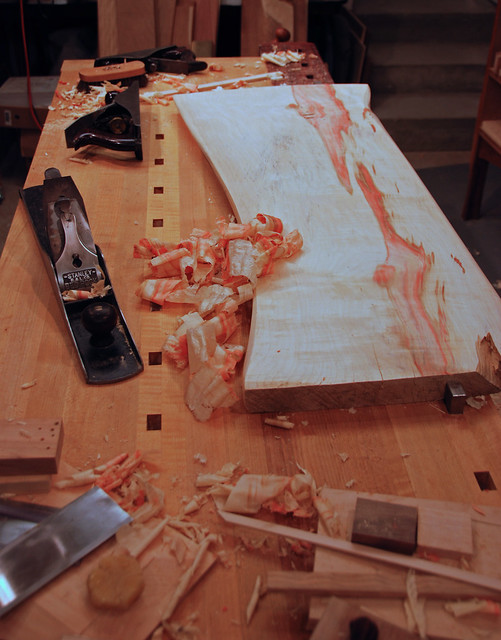It's kind of a silly thread, but I was just curious to see what you guys think.
I have what I guess is the equivalent to a #7 and a #8 in woodies. One is an elderly English and the other a brand new Ulmia that was meant to replace the old timer. I hate to part with the old one, but I hate to just have it collecting dust too.
I have two matching wood jacks (Sandusky #13's) , one with a camber as radical as a scrub, and the other with a light camber, and I really enjoy having them both handy. Anyone find that to be the case with the jointers?
I thought keeping the 24" as an edge plane, and cambering the iron on the old one for face truing and edge jointing as well, but I've read different opinions on that. I don't want to find out for myself because the Sorby iron in the old plane would pretty much be what sells the plane.
Any thoughts?





 Reply With Quote
Reply With Quote






